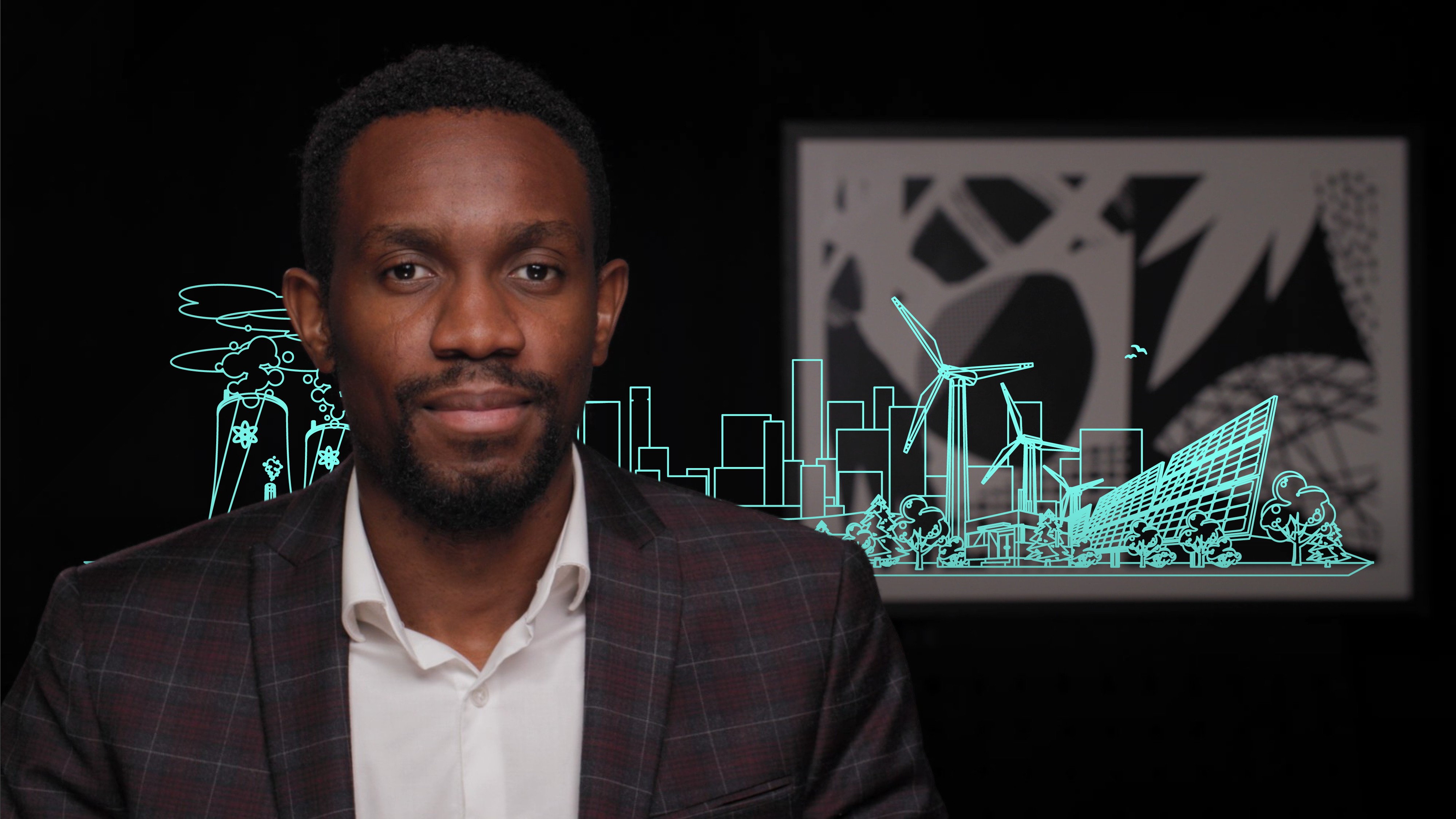
Macroeconomic Simulation of a Global Carbon Tax Shock I

Kemar Whyte
Leading Economist on Carbon Tax Modelling
In this video, Kemar explores the effects of a rise in carbon tax accompanied by a temporary rise in global credit constraints. Kemar will guide you through the two key aspects of a carbon tax shock and the anticipated economic knock-on effects.
In this video, Kemar explores the effects of a rise in carbon tax accompanied by a temporary rise in global credit constraints. Kemar will guide you through the two key aspects of a carbon tax shock and the anticipated economic knock-on effects.
Subscribe to watch
Access this and all of the content on our platform by signing up for a 7-day free trial.

Macroeconomic Simulation of a Global Carbon Tax Shock I
9 mins 43 secs
Key learning objectives:
Identify two key scenarios modelled on a carbon tax shock
Understand the anticipated economic effects of carbon taxes
Overview:
Climate change policies, such as carbon taxes and emissions trading schemes, have become key tools in limiting global temperature increases. The National Institute of Economic and Social Research analyses the macroeconomic impact of a carbon tax accompanied by a rise in credit constraints. NIESR models how in this scenario, lower GDP and higher inflation can be expected across all major economies.
Subscribe to watch
Access this and all of the content on our platform by signing up for a 7-day free trial.
What two scenarios did the NiGEM model consider in relation to a carbon tax shock?
1. An unanticipated permanent rise in the carbon price by $100 per tonne of CO2 in all countries
This is focusing on an explicit carbon tax with the potential to generate government revenue. Under the emissions trading schemes in Europe, carbon is currently trading at just over $60 per tonne, whereas estimates of the social cost of carbon tend to exceed $100 per tonne. A sudden, sharp rise in carbon price is widely viewed as a key concern within the financial sector. Stress testing exercises by the Bank of England are considering the potential for carbon prices to rise to over $1000 per tonne by 2050. A $100 carbon tax rise would still be a significant shock to the world economy and falls well within the realms of possibility.
2. A temporary rise in credit constraints to capture heightened uncertainty and credit rationing triggered by the sudden shift in asset valuations.
A rise in the price of carbon can be expected to introduce a heightened period of financial uncertainty. The phase-out of fossil-fuel use will expose widespread vulnerabilities among carbon-intensive assets. In the short-term, this opacity may trigger ‘fire sales’ and strains on the financial system, similar to the experience of the Global Financial Crisis in 2008. The credit constraint shock is applied for 2 years in all countries and is calibrated to roughly 1/3 of the shock experienced during the Global Financial Crisis. The magnitude of this shock can be viewed as relatively conservative.
What are the anticipated economic effects of carbon taxes?
Fossil fuels
The majority of global CO2 emissions stem from burning fossil fuels and therefore, a carbon tax has a direct impact on the cost of burning these, shifting the relative costs of primary fuel sources in proportion to the carbon emitted by each fuel. This can be expected to trigger a decline in demand for carbon-heavy fuels such as coal and oil.
Fuel consumption
The carbon price will raise the average price of primary fuel inputs, even after allowing for the shift in energy mix. As a result, total primary fuel consumption declines, leading to a fall in the total energy input into the economy. This permanently restricts productive capacity unless the decline in primary fuel consumption is fully offset by energy efficiency gains.
Price of fossil fuels
The decline in demand for carbon-heavy fuels can also be expected to put downward pressure on the pre-tax price of fossil fuels. This will deliver significant terms of trade losses for fossil fuel exporters, acting as a constraint on GDP as income losses feed into lower levels of domestic demand.
Importers
Fossil fuel importers benefit from the lower import price, which offsets some of the inflationary impacts of the carbon price itself. Many fossil fuel importers may also experience gains in their terms of trade as they transition towards a production structure that includes a greater share of domestically produced energy from renewable sources.
Producer and consumer prices
The change in the carbon price also has a direct impact on producer and consumer prices. In NiGEM, the pass-through to consumer price inflation is country-specific, based on the historical pass-through of other indirect taxes to consumer prices. The remainder squeezes firm profits, increasing the user cost of capital and constraining investment, the accumulation of capital, and ultimately potential output.
Subscribe to watch
Access this and all of the content on our platform by signing up for a 7-day free trial.

Kemar Whyte
There are no available Videos from "Kemar Whyte"





























